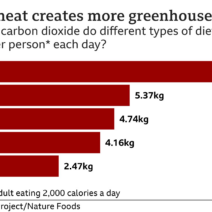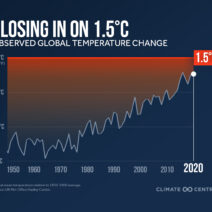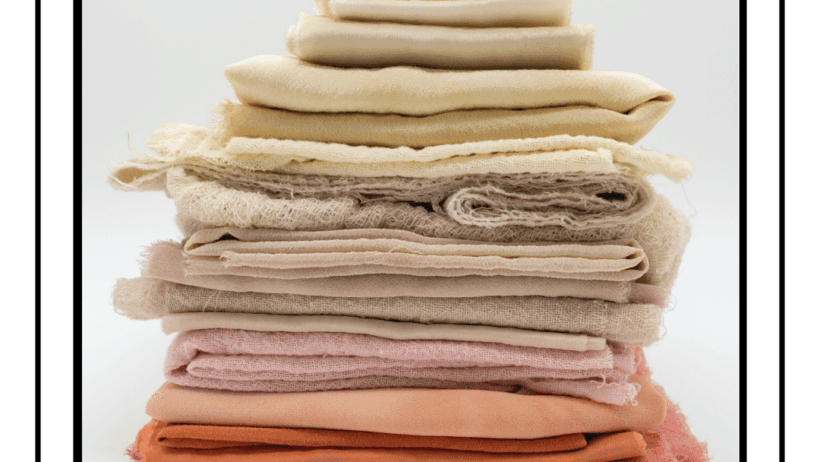In the grand tapestry of contemporary fashion, the emergence of bio fabric is akin to a phoenix rising from the ashes of unsustainable practices. As the necessity for environmentally responsible choices escalates, the dialogue surrounding the energy conservation potential of bio fabrics becomes increasingly pertinent. This discussion weaves together intricate strands of innovation in textile engineering, consumer consciousness, and the latent potential of nature itself. By exploring the multifaceted attributes of bio fabrics, we reveal not only their environmental ramifications but also their capacity to guide the industry toward a more sustainable future.
To comprehend the energy conservation potential of bio fabrics, it is imperative to first delineate what constitutes these materials. Bio fabrics, predominantly derived from natural sources such as plants, algae, and even fungi, stand in stark contrast to their synthetic counterparts sourced from petroleum and other fossil fuels. As the consequences of traditional textile production come to light, the urgency for alternatives that require fewer resources and produce less waste intensifies.
The production of bio fabrics begins with the cultivation of raw materials. Crops like organic cotton, hemp, and bamboo are not only renewable but also exhibit significant energy efficiency during their growth phases. For example, hemp is heralded for its minimal water requirements and rapid growth cycle. When compared to cotton, which demands substantial water and pesticide input, the energy footprint of growing hemp suggests a compelling case for its adoption in the fashion realm. Such crops, when cultivated under regenerative agricultural practices, bolster soil health, sequester carbon, and utilize less energy overall.
Once harvested, the journey of these bio-based materials continues through the labyrinth of processing. Herein lies an intriguing paradox: while the production of bio fabrics often necessitates energy, the amount can be markedly lower than that of conventional fabrics. For instance, the water-intensive dyeing processes ubiquitous in synthetic fabric production often deplete vast amounts of energy and result in wastewater laden with toxic chemicals. In contrast, bio fabrics have the potential to adopt more sustainable dyeing practices. Utilizing natural dyes not only minimizes energy consumption but also contributes to the circularity that is imperative in sustainable fashion.
As the creative potential of bio fabrics unfolds, the symbiosis between innovation and sustainability becomes evident. Designers are harnessing the unique properties of these materials to craft garments that defy conventional aesthetics while remaining environmentally conscious. The textural and visual variations intrinsic to bio fabrics offer a compelling allure, transforming clothing into organic canvases that tell a story—a narrative of environmental stewardship, craftsmanship, and creativity. The weaving of natural fibers evokes the artistry of nature, imbuing each garment with a distinct character that resonates with conscious consumers.
Furthermore, the post-consumer life cycle of bio fabrics underscores their energy conservation capacity. Traditional textiles often end up in landfills, contributing to the burgeoning crisis of textile waste. However, many bio fabrics are biodegradable or compostable—a feature that embodies the principles of circular fashion. When a garment made from bio fabric reaches the end of its life, it can be seamlessly reintegrated into the environment, thus conserving the energy that would have otherwise been expended in the reclamation and recycling processes of synthetic textiles.
The heart of the bio fabric narrative is not solely about energy conservation during production and disposal; it is also about the transformative power of consumer choice. As individuals become increasingly aware of the environmental repercussions of their purchasing decisions, the demand for sustainably-produced garments rises. This consumer shift catalyzes a broader industry transformation, pushing brands toward adopting bio fabrics, ethical practices, and transparent supply chains. Herein lies the power of informed consumerism—each purchase becomes a statement of intent, echoing the clarion call for sustainable practices in fashion.
In navigating the future of fashion, it is crucial to confront the lingering skepticism surrounding the scalability of bio fabrics. Critics often question whether bio fabrics can meet the demand of an industry renowned for its fast-paced nature. However, burgeoning advancements in biotechnology and agricultural practices suggest that large-scale production of bio fabrics is not only feasible but also necessary. Investments in innovation, guided by a commitment to environmental consciousness, can yield breakthroughs in yield and resilience, unlocking new potential for diverse applications.
In conclusion, bio fabrics emerge as a beacon of hope amidst a landscape often marred by unsustainable practices. Their intrinsic ability to conserve energy, coupled with their organic aesthetics, positions them as a viable alternative in a world eager for change. The convergence of agriculture, design innovation, and consumer awareness paints a promising picture for the future of fashion—one that champions sustainability without sacrificing creativity or quality. Embracing bio fabrics is not merely an act of purchasing; rather, it is a pledge to traverse a path that honors both the planet and the artistry of human endeavor.
As we stand on the precipice of a new era in fashion, the journey toward sustainability through bio fabrics beckons. Each step taken in this direction is not just a stride toward energy conservation, but a profound commitment to safeguarding the planet for future generations. In the epic saga of style and substance, the role of bio fabrics reverberates—a tale of innovation anchored in nature, promising a sustainable future that harmonizes fashion with responsibility.








